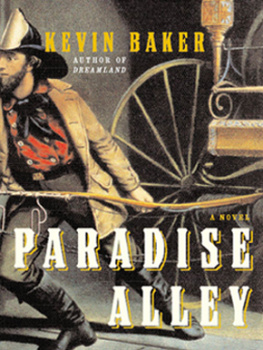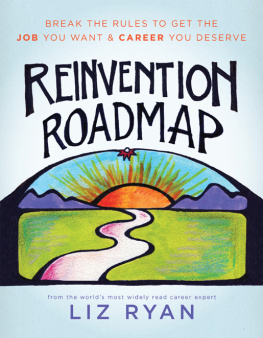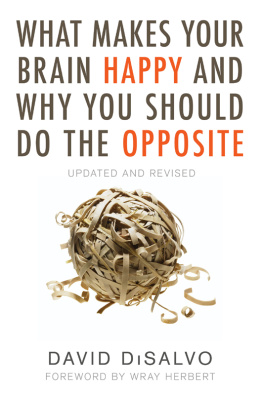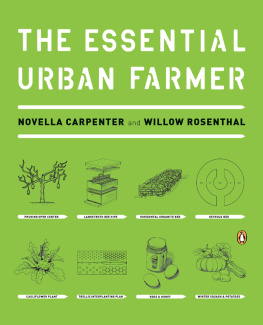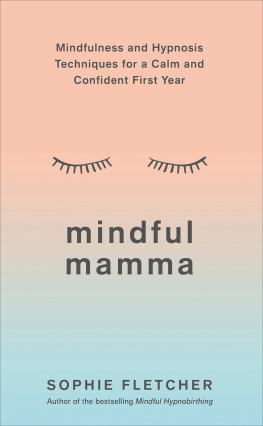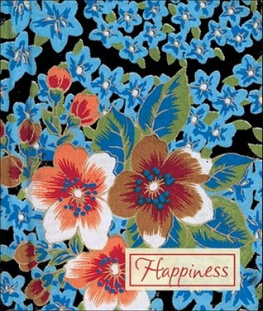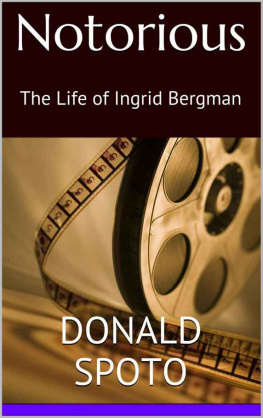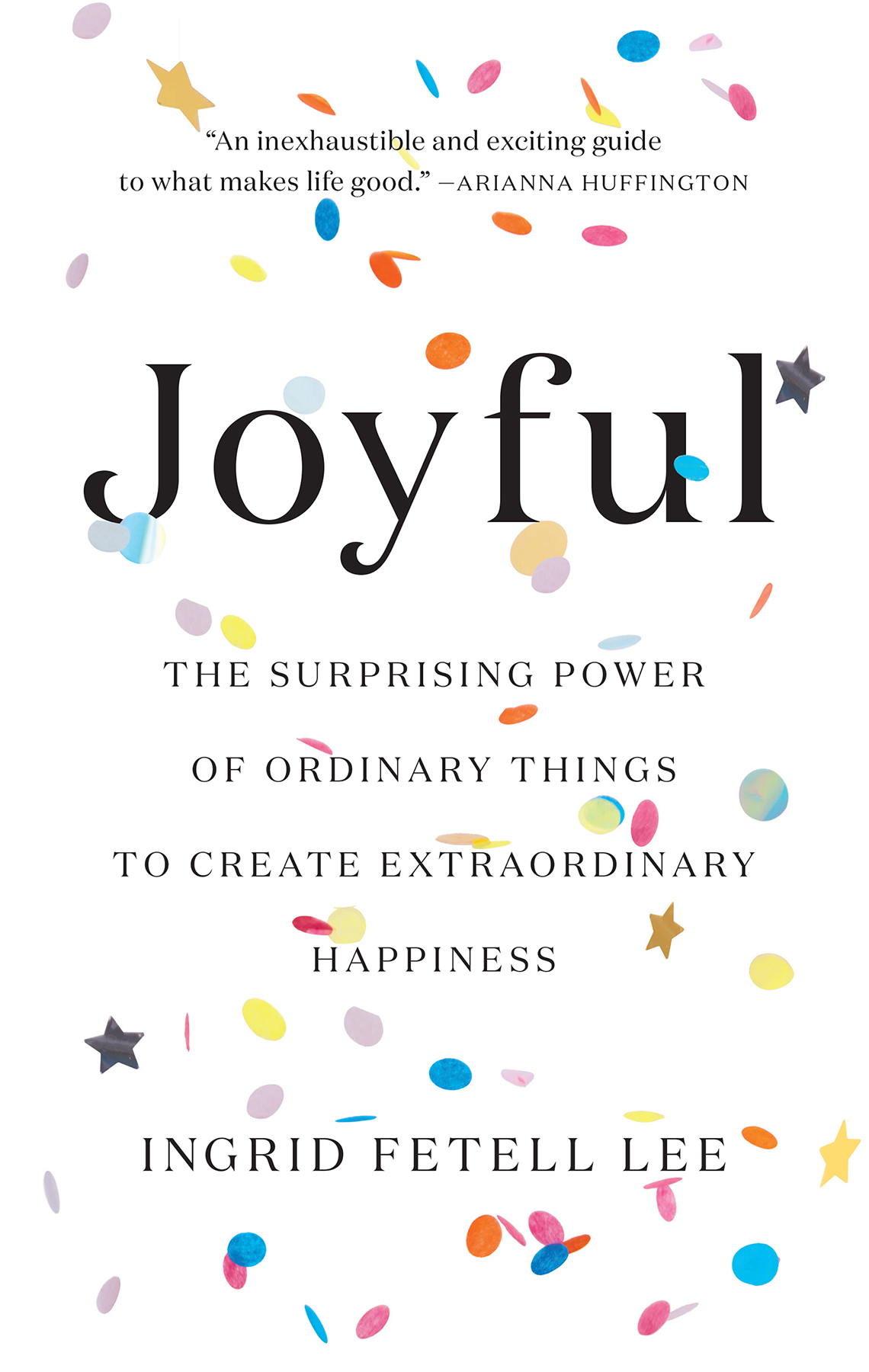Cover copyright 2018 Hachette Book Group, Inc.
Hachette Book Group supports the right to free expression and the value of copyright. The purpose of copyright is to encourage writers and artists to produce the creative works that enrich our culture.
The scanning, uploading, and distribution of this book without permission is a theft of the authors intellectual property. If you would like permission to use material from the book (other than for review purposes), please contact permissions@hbgusa.com. Thank you for your support of the authors rights.
Little, Brown Spark is an imprint of Little, Brown and Company, a division of Hachette Book Group, Inc. The Little, Brown Spark name and logo are trademarks of Hachette Book Group, Inc.
The publisher is not responsible for websites (or their content) that are not owned by the publisher.
The Hachette Speakers Bureau provides a wide range of authors for speaking events. To find out more, go to hachettespeakersbureau.com or call (866) 376-6591.
Without emotion, there is no beauty.
I stood in front of a panel of professors, a full swarm of butterflies in my stomach. As they eyed the small collection of objects on display behind mea starfish-shaped lamp, a set of round-bottomed teacups, and a trio of stools fashioned from layers of colored foamtheir faces were stern, and I couldnt help but wonder if Id made a mistake in leaving a promising career in branding to go back to graduate school in design. Then, after a long silence, one professor broke the ice. Your work gives me a feeling of joy, he said. The others nodded.
Suddenly, they were all smiling. I felt a wave of relief. I had passed my first review in the industrial design program at Pratt Institute. But my relief soon gave way to confusion. Joy was a feeling, ephemeral and elusive. It wasnt something we could see or touch. How, then, could such simple objectsa cup, a lamp, a stoolelicit joy? I tried to get the professors to explain, but they hemmed and hawed as they gestured with their hands. They just do, they said. I thanked them, but as I packed up my things for the summer, I couldnt stop thinking about this question.
How do tangible things create an intangible feeling of joy?
At first, the answer seemed unequivocal: They dont. Sure, theres a certain pleasure in material things, but Id always been led to believe that this is superficial and short-lived, not a meaningful source of joy. In all the books on happiness that Id consulted over the years, no one had ever suggested that joy might be hiding inside my closet or kitchen cabinets. Instead, countless experts agree that the kind of joy that matters is not around us but in us. This perspective has roots in ancient philosophical traditions. The teachings of Buddha, for example, advise that happiness comes only from letting go of our attachments to worldly things, while in ancient Greece the Stoic philosophers offered a similar prescription, rooted in self-denial and rigorous control over ones thoughts. Modern psychology likewise embraces this inward lens, suggesting that the way to a happy life is to change how we look at the world and our place in it. From mantras and meditation to therapy and habit change, true joy is an exercise of mind over matter, not matter over mind.
Yet in the weeks and months that followed my review, I noticed many moments when people seemed to find real joy in the material world. Gazing at a favorite painting in an art museum or making a sandcastle at the beach, people smiled and laughed, lost in the moment. They smiled, too, at the peachy light of the sunset and at the shaggy dog with the yellow galoshes. And not only did people seem to find joy in the world around them, but many also put a lot of effort into making their immediate environment more delightful. They tended rose gardens, put candles on birthday cakes, and hung lights for the holidays. Why would people do these things if they had no real effect on their happiness?
A body of research is emerging that demonstrates a clear link between our surroundings and our mental health. For example, studies show that people with sunny workspaces sleep better and laugh more than their peers in dimly lit offices, and that flowers improve not only peoples moods but their memory as well. As I delved deeper into these findings, joy started to become less amorphous and abstract to me and more tangible and real. It no longer seemed difficult to attain, the result of years of introspection or disciplined practice. Instead, I began to see the world as a reservoir of positivity that I could turn to at any time. I found that certain places have a kind of buoyancya bright corner caf, a local yarn shop, a block of brownstones whose window boxes overflow with bloomsand I started changing my routines to visit them more often. On bad days, rather than feeling overwhelmed and helpless, I discovered small things that could reliably lift my spirits. I started incorporating what I learned into my home and began to feel a sense of excitement as I put my key into the lock each evening. Over time, it became clear to me that the conventional wisdom about joy was wrong.
Joy isnt hard to find at all. In fact, its all around us.
The liberating awareness of this simple truth changed my life. As I started to share it with others, I found that many people felt the impulse to seek joy in their surroundings but had been made to feel as if their efforts were misguided. One woman told me that buying cut flowers lifted her spirits for days, but she felt like it was a frivolous indulgence, so she only did it on special occasions. It had never occurred to her that for the price of one of her weekly therapy sessions, she could buy a bunch of flowers every other week for a year. Another described how she had walked into her living room after repainting it and felt an ahhh feelinga sense of relief and lightness that made her wonder why she had waited so long to do it. I realized that we all have an inclination to seek joy in our surroundings, yet we have been taught to ignore it. What might happen if we were to reawaken this instinct for finding joy?
I needed to know exactly how the physical world influences our emotions and why certain things spark a feeling of joy. I began asking everyone I knew, as well as quite a few strangers on the street, to tell me about the objects or places they associated with joy. Some things were specific and personal: my grandmothers kitchen, a signed Grateful Dead poster, the canoe at the house we used to go to on Lake Michigan. Some were shaped by cultural heritage or upbringing, like favorite foods or sports teams. But others were neither personal nor cultural in origin. A friend of mine told me about a summer afternoon when she got caught in a sudden downpour on her way home from work. She took refuge under an awning with a motley crew of others who had been caught without umbrellas, making guesses as to how long the storm would last. It passed after a few minutes, and people began to venture out onto the sidewalk, when suddenly a man shouted, Look! A brilliant rainbow was arcing across the sky, right over the Empire State Building. People stopped and stared, their wet clothes clinging to them, big grins on their faces.


